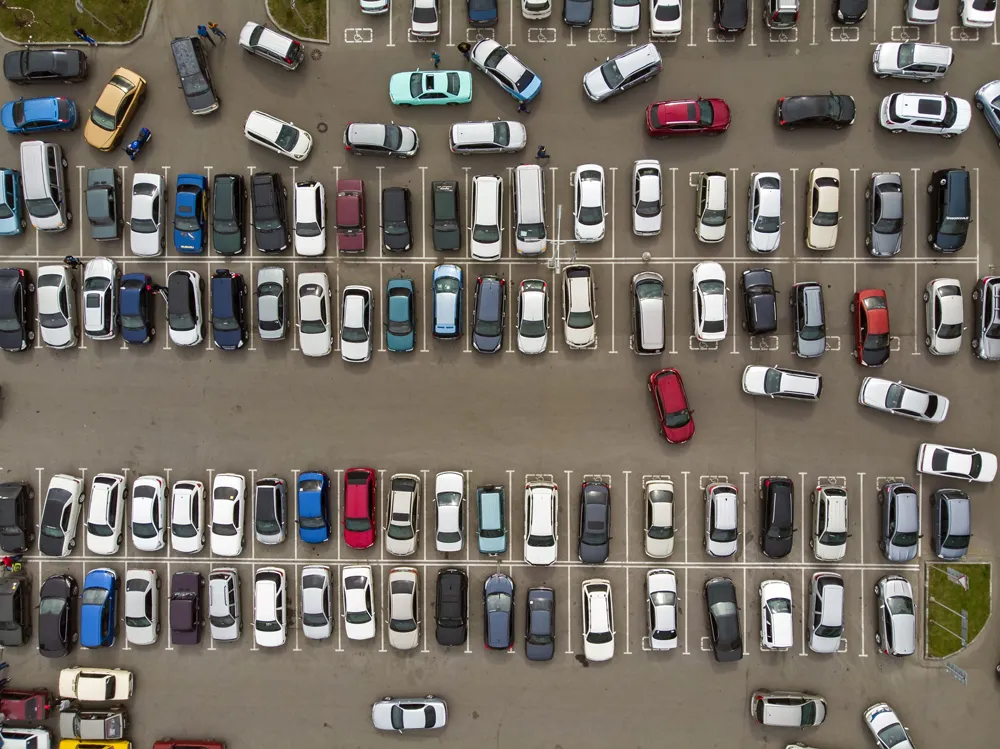In Canada a new private toll bridge that links Montreal with Laval is now open to traffic. The bridge was opened two months ahead of schedule and features a sophisticated electronic tolling system. Bridge users mount transponders to their vehicles to pay for each crossing.
May 16, 2012
Read time: 1 min
In Canada a new private toll bridge that links Montreal with Laval is now open to traffic. The bridge was opened two months ahead of schedule and features a sophisticated electronic tolling system. Bridge users mount transponders to their vehicles to pay for each crossing.
The bridge was built by a consortium comprising802 Macquarie of Australia, 5566 Miller Paving and US-based 139 Transcore and Kiewit 4089 Parsons. This consortium has a concession to operate the bridge until 2042 when the structure will be handed to the Quebec Government. For the first 20,000 vehicles crossing the bridge/day, the consortium receives 100% of the toll revenue. The toll revenue from subsequent vehicles/day is shared equally with the road authorities in Quebec.
The bridge was built by a consortium comprising










